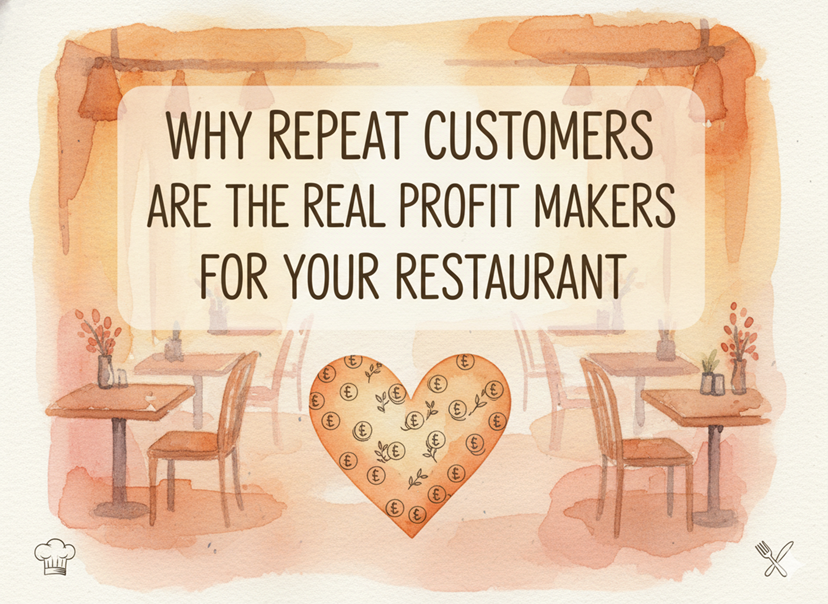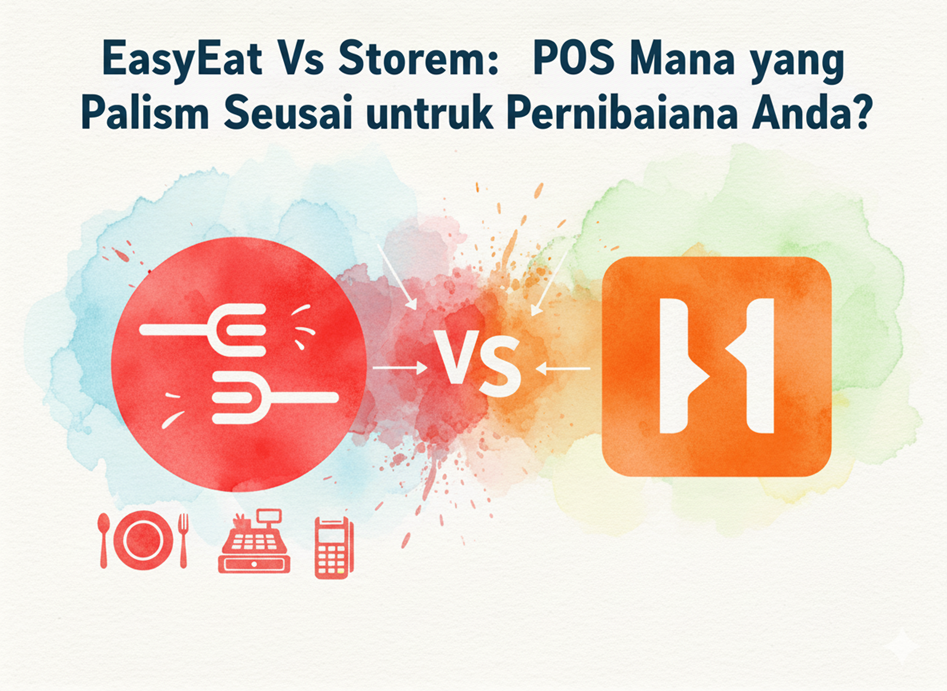Managing inventory is one of the most important tasks in running a restaurant. If you make mistakes, it can lead to waste, higher costs, and unhappy customers. Many restaurant owners don’t even realize they are making these mistakes. If you want to improve your inventory process and reduce unnecessary losses, avoid these common errors.
1. Not Using an Automated Inventory Management System
One of the biggest mistakes you could be making is not using an automated inventory management system. If you are still relying on spreadsheets or manual counting, you are risking errors, miscalculations, and missing items. Managing inventory manually takes a lot of time, and mistakes can lead to food shortages or wastage.
An automated inventory management system helps track stock levels accurately and saves time. It reduces human error and ensures that you always know what ingredients you have. Studies show that using an automated inventory management system can reduce food waste by up to 20% and lower overall inventory costs by at least 15%. Without automation, you could be ordering too much or too little, leading to waste or delays in serving food.
2. Not Having Real-Time Reporting Features
If you are not using a restaurant inventory system with real-time reporting, you are making another major mistake. Without real-time reporting, you are relying on outdated information to make decisions. This can cause serious problems, such as ordering items that you already have or running out of essential ingredients during busy hours.
Real-time reporting allows you to monitor inventory levels as they change. It gives you instant access to data so you can take action immediately. If a certain ingredient is running low, you can reorder it before it runs out. If you have too much of an item, you can adjust your purchases to avoid waste. Restaurants that use real-time reporting experience at least 10% less inventory shrinkage compared to those that do not. Keeping track of your stock in real-time can save you money and prevent unexpected shortages.
3. Failure to Track Inventory Trends
Many restaurant owners do not track inventory trends, and this is a costly mistake. Without analyzing how often you use specific ingredients, you will not be able to optimize your stock levels. Tracking inventory trends helps you understand which ingredients are used more or less frequently, so you can adjust your ordering habits accordingly.
For example, if you notice that you are using more eggs than before, you can either increase your order quantity or find ways to reduce egg usage. On the other hand, if you have ingredients that are barely used, you might need to order them less often. Tracking trends also helps you identify seasonal patterns. If certain ingredients are needed more during specific months, you can prepare in advance.
Restaurants that fail to track inventory trends often suffer from overstocking or understocking, both of which lead to losses. Recording inventory properly and reviewing trends can help you make better purchasing decisions and reduce unnecessary expenses.
4. Inability to Manage Inventory Across Multiple Outlets
If you have more than one restaurant outlet, managing inventory across multiple locations can be a challenge. A common mistake is not having a centralized system that allows you to monitor inventory levels at all your outlets. Without proper visibility, one outlet might have excess stock while another is running low.
Not being able to check inventory levels across multiple locations can lead to unnecessary purchases and waste. With a proper restaurant inventory system, you can track stock at all outlets from one platform. This helps you move ingredients between locations instead of over-ordering.
Having a centralized system improves efficiency and prevents wastage. Restaurants that implement multi-outlet inventory management systems save an average of 12% on overall costs by optimizing stock distribution. If you are managing multiple outlets without an integrated system, you are likely spending more than necessary on inventory.
5. Inaccurate Inventory Recording
Recording inventory inaccurately is another common mistake that can cause financial losses. If stock levels are not updated correctly, you may end up ordering too much or too little. This can result in food spoilage, unfulfilled orders, and unexpected expenses.
Regular stock audits are essential to ensure accuracy. If you are not conducting inventory checks frequently, you are increasing the risk of missing items and incorrect stock data. An automated system helps you keep inventory records accurate by updating stock levels in real-time.
Research shows that businesses with accurate inventory records reduce food waste by 18% and save up to 25% in operating costs. If you are not keeping accurate records, you are missing out on potential savings.
6. Ignoring Perishable Goods Management
One of the most important aspects of inventory management is handling perishable goods correctly. If you do not store and track perishable ingredients properly, they will spoil and lead to waste.
Restaurants that do not follow FIFO (First In, First Out) methods often use fresher ingredients before older ones, causing food to expire. Not labeling items with expiry dates can also lead to spoilage. Statistics show that nearly 30-40% of food is wasted due to poor inventory practices.
To reduce waste, you need to ensure that perishable goods are stored at the correct temperature, used in the right order, and recorded accurately in your inventory system. Proper management of perishable ingredients can help you cut food waste and save money.
7. Not Forecasting Demand Properly
Another mistake in inventory management is failing to forecast demand. If you do not predict how much stock you need based on past sales trends, you could end up with too much or too little inventory.
Forecasting demand involves analyzing previous sales, seasonal trends, and upcoming events. Without proper forecasting, you may overstock items that won’t be used or run out of essential ingredients during peak hours.
Restaurants that use demand forecasting experience a 20% improvement in inventory efficiency. If you are not using forecasting tools, you are increasing the risk of financial losses and customer dissatisfaction.
Frequently Asked Questions (FAQs)
- What Are the 4 Major Challenges in Inventory Management?
Inventory management comes with several challenges, and the four major ones include:
- Inaccurate inventory tracking – If stock is not updated correctly, you may end up with miscalculations that affect your supply chain.
- Food spoilage and waste – Not managing perishable goods properly leads to high levels of food waste.
- Stock shortages and overstocking – If you do not track stock levels properly, you may order too much or too little.
- Lack of real-time visibility – Without real-time updates, you cannot make informed decisions about your inventory needs.
- What Is Inefficient Inventory Management?
Inefficient inventory management means not keeping track of stock properly, leading to wasted resources, financial losses, and operational problems. If you are not using an automated inventory management system, failing to track trends, or not managing inventory across multiple outlets, your process is inefficient.
By fixing these mistakes, you can improve your restaurant’s efficiency, reduce costs, and ensure smooth operations. Implementing a proper inventory system and tracking stock accurately will help you avoid unnecessary waste and keep your restaurant profitable.





